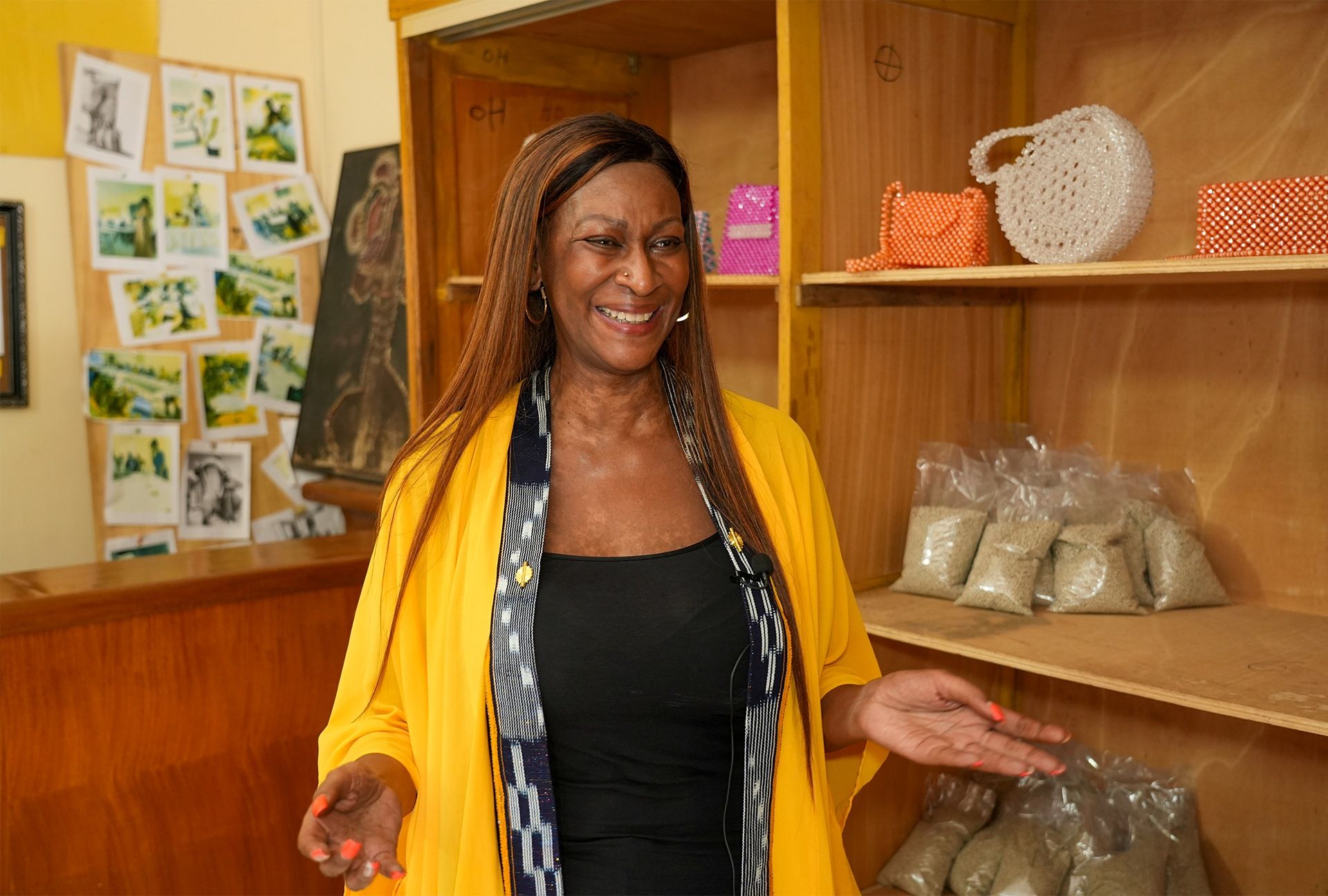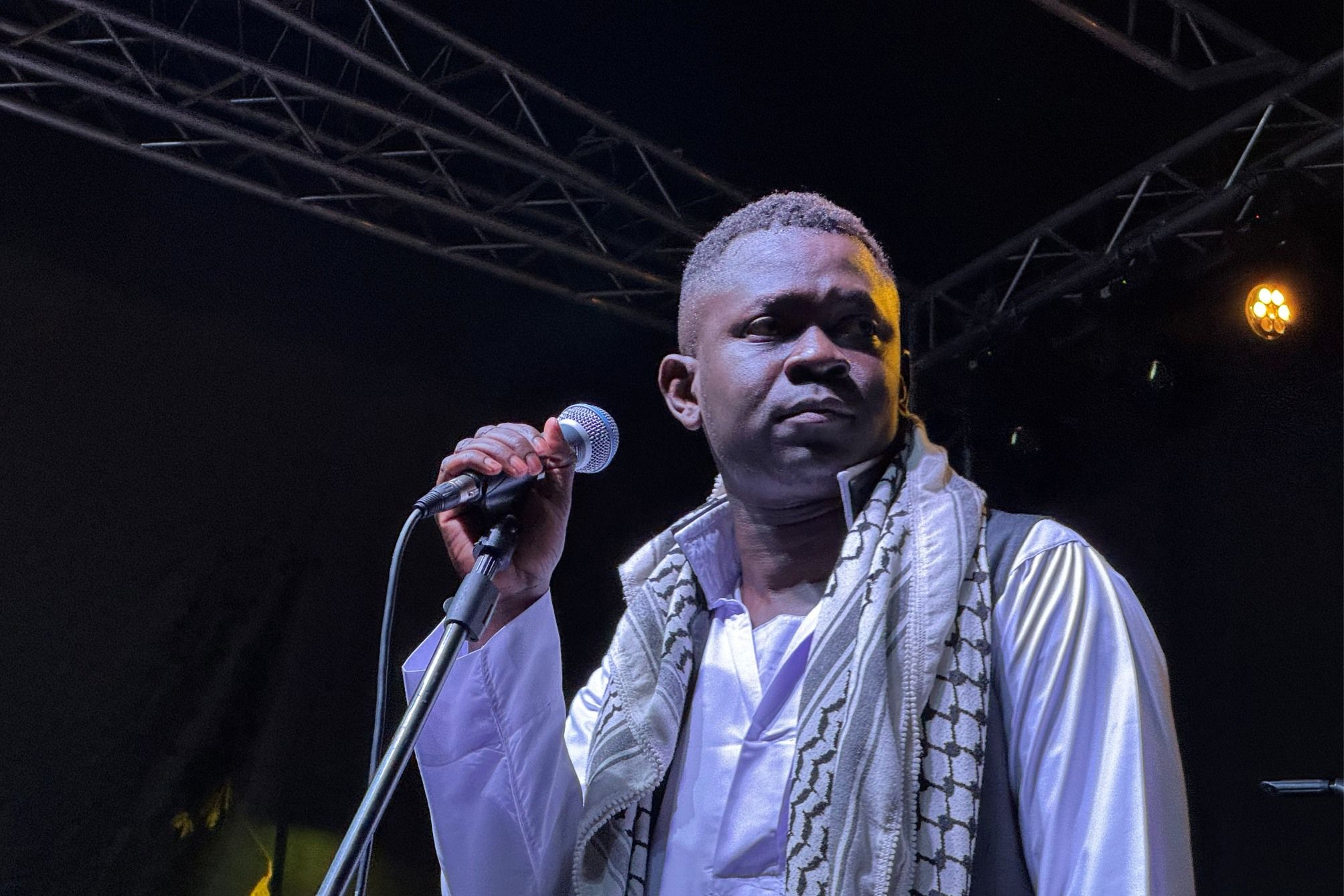[bctt tweet="The Ngaren Museum of Humankind will act as a pilgrimage site for global travelers and global citizens – people curious about the history of earth and of humanity." username="QaziniKenya"]
Over $4M of the projected $7M to build the Ngaren Museum of Humankind has already been raised. The government of Kenya has committed to spend a further $1M building the infrastructure around the museum. If all goes according to plan, the museum will break ground in 2022 and be open to the public in 2026.
Located 60 kilometers from the Nairobi City center, in Loodariak, Kajiado County, the Ngaren Museum of Humankind is all set to disrupt how we museum. The design, which was created by German architectural studio, Studio Libeskind, celebrates ancient history in all its glory.
From preliminary designs, the museum buildings at Ngaren will resemble the stone tools used by early man at Olduvai. But an iconic design is the least exciting thing about Ngaren Museum.
A lofty goal
While most galleries celebrate history, Ngaren Museum is intended to serve chiefly as an educational center. According to Richard Leaky, the brains behind the entire operation, the aim of the institution will be to educate visitors on the shared history of all of humanity.
Every human on earth can trace their ancestry back to Africa at some point in time. However, this fact is not recognized or accepted by many. By creating an immersive experience celebrating the epic journey of human evolution that started in the Turkana basin, Ngaren Museum of Humanity hopes to do just that.
Visitors to Ngaren Museum will not interact with artefacts and skeletons – they are too limited in conveying the complexities behind the shared history of all humanity. Instead, the museum plans to use state-of-the-art 3D technology to create an immersive journey into the past.
The use of 3D technology is the main attraction point for the proposed attraction site. Once completed, Ngaren Museum will become the first time traveling facility, transporting visitors hundreds upon thousands of years into the past.
The attractions
The Ngaren Museum of Humankind will act as a pilgrimage site for global travelers and global citizens – people curious about the history of earth and of humanity. But just how far back does this history go?
As it turns out, the facilities will take visitors as far back as 2 million years into the past. The Ngaren project page promises visitors real-size depictions of African dinosaurs as well as a fully interactive digital planetarium – the first in Africa.
So, the attraction of Ngaren is not so much that it will allow visitors to understand a topic in history – as does every other museum in the world. Instead, visitors will go to Ngaren to reconnect with the origin of humanity.
Visitors to Ngaren Museum of Humankind will get to not just take an immersive 3D journey into the distant past, but also to experience history as it unfolds. This interactive process is what is expected to create a transformational experience and enhance a universal understanding of our past, history, and origins.
When you arrive at the completed Ngaren Museum, you won’t walk around the room reading small plaques about the artefacts displayed. Instead, you get to slip on a 3D headset that transports you back in time, to watch a family of Homo erectus going about their business as they did hundreds of thousands of years ago.
Essentially, Ngaren Museum of Humanity transforms the way a museum operates. Or rather, gives a pretty good idea what the Museum of The Future may look like. By combining history and futuristic digital tools, Ngaren will make history come alive in a way that few other historical institutions have done.
Environmental conservation
Besides education, however, Ngaren Museum serves another critical function – to increase awareness of environmental concerns. From the very start, environmental conservation has been at the heart of Ngaren Museum.
Richard Leakey, the creator of this futuristic masterpiece, promises that the museum will showcase “the relentless forces of climate change … the backdrop to evolution and extinction of species large and small.”
Basically, Ngaren will show the world how humans have always and will always continue to exist as a very small part of earth’s massive ecosystem. Yet, we continue having a massive (and disruptive) impact on the globe while remaining indifferent to the harmful effects of overpopulation, disease, war, and climate change on the earth.
Also read: A Life On Our Planet: We Have No Reason to Doubt What David Attenborough Is Telling Us
To change this, the Ngaren Museum will expose scientific truths about the origins of human beings that have always been ignored or distorted. The immersive 3D experience of showing rather than telling the story will no doubt make it easier to understand for many.
The Ngaren Museum buildings have been designed as net-zero facilities to ensure that the museum itself will remain as environmentally friendly as possible. Combined with the stone tools design, Ngaren will be a place that stands out and wows.
A concerted effort
With such an ambitious project, it is only natural to wonder who is behind the idea. To bring the project to fruition, Richard Leakey has roped in a few global conservational hard-hitters. Aside from the Government of Kenya and the Leakey family which donated the 300-acre piece of land where the museum will be build, a few other organizations have made useful contributions towards the success of Ngaren.
The Terraco Conservation Initiative is a major partner to Ngaren Museum of Humankind, especially in the raising of funds. However, Terraco is also involved in the planning of exhibits which will be featured in the 3D experience.
The Naturalis Biodiversity Center of The Netherlands is another major partner of the Ngaren Museum of Humankind. A research institute with more than 120 research scientists on board, and with lots of experience in running museum exhibitions, Naturalis will be the main technical partner of the Ngaren project.
The East African Museum of Art, Nairobi
The East African Museum of Art, Nairobi aka EAMAN will be built in collaboration with the Ngaren Museum of Humanity. Located in Nairobi City, the EAMAN celebrates East African history through the ages.
The stated objective of the EAMAN is to gather, conserve, study, and exhibit the immense cultural diversity as well as genius of East African artists. Completely in tandem with Ngaren and yet operating as a separate entity, the EAMAN will showcase a shorter history of Kenya from pre-colonial times to the present.
As a budding historian, I cannot say how pleased I am with the progress being made in the region. Making a deeper commitment to our history as a people is an important step into the future.
If all goes according to plan, the Ngaren Museum and EAMAN will both be arriving at just the right moment for the African takeoff in 2030. What more could be more exciting than that?




